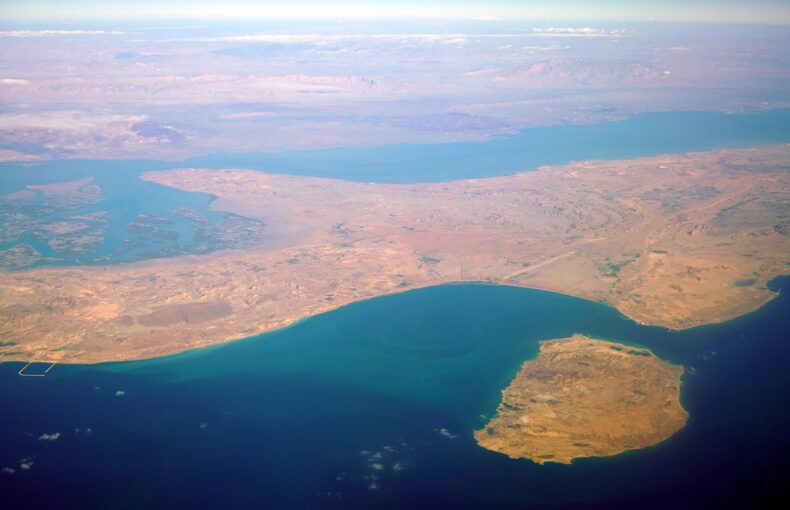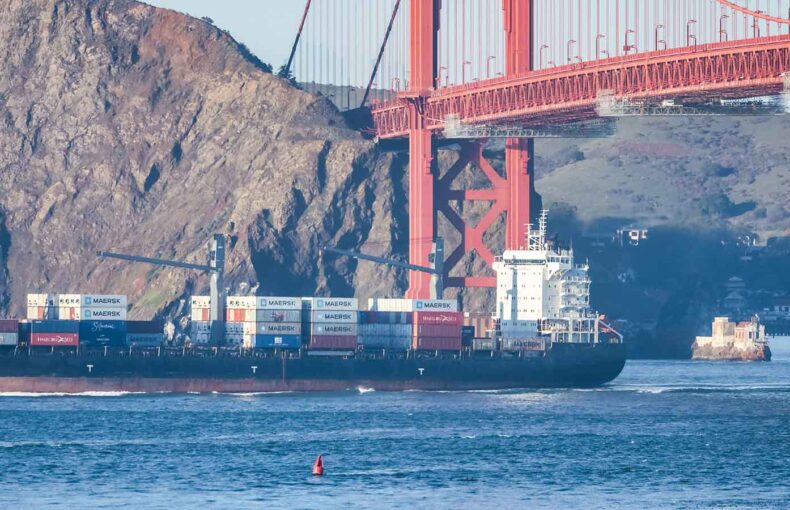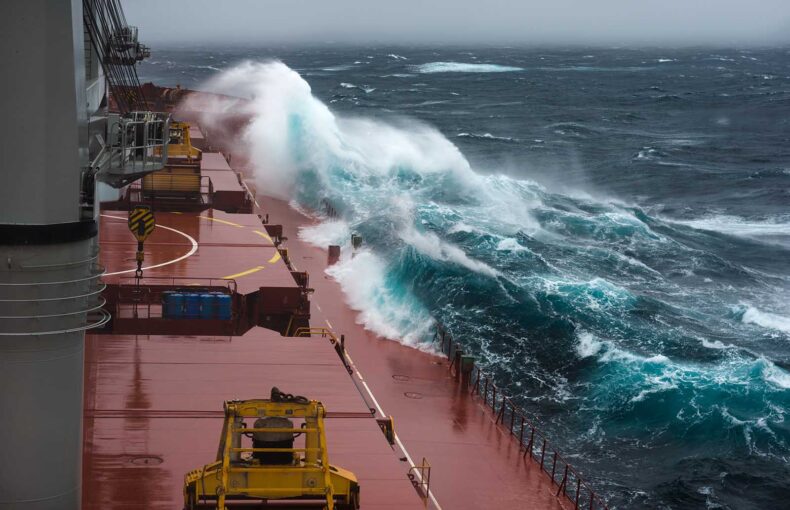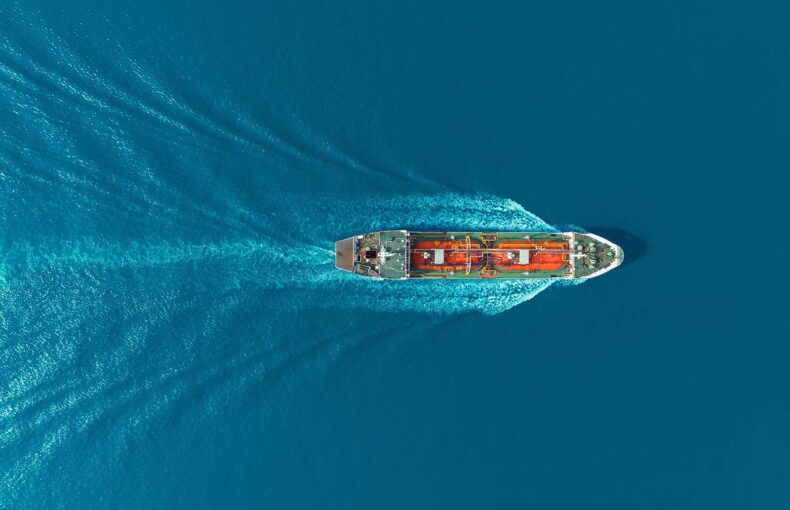Countering AIS manipulation in the Baltic Sea
The Baltic Sea is fast becoming a focal point for hybrid warfare, where conventional military activity is interwoven with cyber and electronic disruption.
Amid rising tensions in the region, satellite signal jamming, suspected to originate from Russian military installations and potentially linked to shadow fleet operations, has emerged as a growing threat to maritime safety and stability.
Concerns about AIS jamming and its impact
One of the most concerning aspects of this disruption is Automatic Identification System (AIS) jamming. AIS is a crucial maritime technology that enables ships to broadcast their identity, position, course, and speed to other vessels and coastal authorities. This system underpins modern maritime safety by supporting collision avoidance and traffic management. When AIS signals are deliberately interfered with, ships can vanish from tracking systems, making navigation riskier and emergency response more difficult. In the Baltic Sea, such interference has increased sharply, highlighting the vulnerability of maritime systems to electronic warfare tactics.
It’s important to distinguish between AIS jamming and spoofing. AIS jamming involves overwhelming the AIS receiver with signals to block or disrupt legitimate transmissions, effectively creating “silence” on tracking systems. Spoofing, on the other hand, entails sending false AIS signals to deliberately mislead receivers about a vessel’s true identity or location, causing ships to appear where they are not or masking their real movements.
At the core of many AIS disruptions lies GPS interference, which has become a signature of the current geopolitical climate in the region. Recent GPS signal outages, widely attributed to Russian military operations, illustrate how electronic warfare is being used to achieve strategic objectives, from masking the movement of assets to deterring foreign surveillance. While GPS jamming is not exclusive to hostile actors and is sometimes employed by allied forces for tactical purposes, its use in commercial shipping lanes introduces serious safety and operational risks. For vessels transiting the Baltic Sea, the challenge is no longer just weather or congestion related, but also navigating through an increasingly unstable electronic environment.
False positions and shadow fleets
There have been notable cases in Polish ports where vessels were subjected to scrutiny because their AIS data falsely indicated a transit through Russian waters, despite never having entered them. These anomalies are believed to result from AIS signal jamming, which can alter a ship’s reported position or route without the crew’s knowledge. For port authorities and maritime operators, such incidents lead to operational delays, unnecessary inspections, and broader concerns about the integrity of vessel tracking systems. They also demonstrate how electronic interference, even when not targeting a specific ship, can sow confusion and complicate maritime oversight across the Baltic Sea.
In contrast, Russia’s so-called “shadow fleet” appears to be actively leveraging AIS jamming and spoofing as deliberate tools of obfuscation. This clandestine fleet, which plays a central role in evading sanctions and concealing the transport of Russian oil and goods, frequently manipulates its digital footprint, broadcasting false positions, disguising vessel identities, or disappearing entirely from public tracking. In the Baltic Sea and beyond, these tactics frustrate enforcement efforts and reduce visibility into high-risk maritime activity. The systematic misuse of AIS by the shadow fleet poses not only geopolitical and regulatory challenges, but also increases the risk of navigational hazards and environmental incidents in already congested and contested waters.
AIS Position Validation and strengthening trust in vessel tracking
In the face of growing AIS manipulation, whether from external jamming or deliberate spoofing by actors like the shadow fleet, the maritime industry is turning to new methods to bolster the integrity of vessel tracking data. One such approach is AIS Position Validation, which uses advanced RF signal-based detection and tracking to assess the accuracy of AIS messages. By leveraging additional RF data, such as Doppler frequency shift and the precise timing of AIS message reception, this method can independently determine a vessel’s true position at the time of transmission, even when AIS messages contain false or missing GPS data. Comparing this verified location with the position reported in the message itself helps uncover inconsistencies that may indicate tampering.
In regions like the Baltic Sea, where GPS reliability is increasingly compromised, tools like AIS Position Validation could offer a powerful means to counter electronic deception and support safer, more transparent maritime operations. As signal manipulation becomes more advanced, these solutions add a vital layer of resilience to global vessel tracking.
 Written by
Written by


